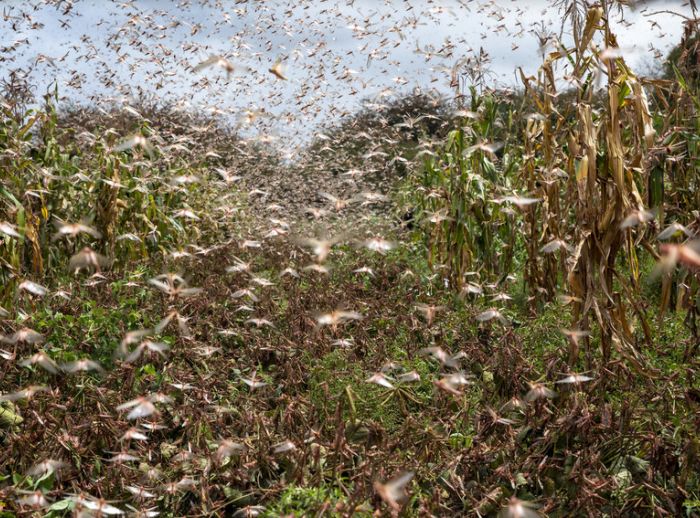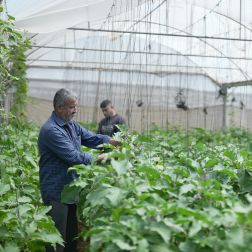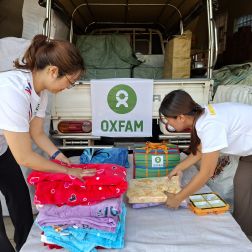- 4 mins read time
- Published: 14th February 2020
Five things you need to know about Africa's locust crisis
1. What is a locust and how do they live?
Locusts are a type of grasshopper that live for only 3 months. They generally live quiet, solitary lives – until they change their behaviour and form massive ravenous swarms that can migrate over long distances, flying up to 150 km per day. Swarms can contain up to 10 billion individuals, devastating local farms and livelihoods as all of them migrate.
2. Why is this a crisis?
This is the worst locust crisis in 70 years for Kenya alone. One of the alarming reasons why is because locust adults can eat their own weight every day. According to the United Nations’ Food and Agriculture Organisation (FAO), a swarm the size of Paris will consume the same amount of food in a single day as half the population of Mali, Niger and France, respectively. If environmental conditions remain suitable, the swarms could grow 500 times bigger by June, destroying valuable pasture and food supplies across parts of Ethiopia and Kenya and could also put South Sudan, Eritrea and Djibouti at risk, making it the worst locust infestation in 25 years.
The last major locust crisis was in West Africa in 2003-05 and cost $2.5 billion in harvest losses, according to the UN.
“We depend on livestock and if there is no fodder for our livestock, life will be difficult for us, we ask for help urgently,” said Mohammed Hassan Abdille, a Kenyan farmer.

3. How is this locust crisis related to climate change?
The last five years have been hotter than any other since the industrial revolution. Studies have linked a hotter climate to more damaging locust swarms, leaving Africa, which is home to 20 of the world’s fastest-warming countries, disproportionately affected.
However, locusts also thrive in wet conditions and the amount of rain that fell on the Horn of Africa between October to December 2019 was up to 400 per cent above normal. These heavy rains were caused by the Indian Ocean dipole, which is also accentuated by climate change.
4. How is this locust crisis affecting local communities?
The infestation is affecting communities across East Africa, including Ethiopia, Somalia and Kenya – three countries absolutely devastated by severe droughts and flooding in recent years. Now the livelihoods of more than 13 million people, who are already experiencing severe food shortages as a result of climate-related weather extremes, are under threat once again.

5. What is Oxfam doing to help and how can I help?
Oxfam aims to reach over 190,000 of the most vulnerable people across Ethiopia, Kenya and Somalia with cash assistance, livestock feed, seeds and health services. Our teams believe that infestations are also likely across South Sudan and Sudan, so preparations are already under way to mount a response to this crisis.
You can help by donating to help affected communities across the region. The livelihoods of some of the world’s most vulnerable people are under severe threat so we need your support!




